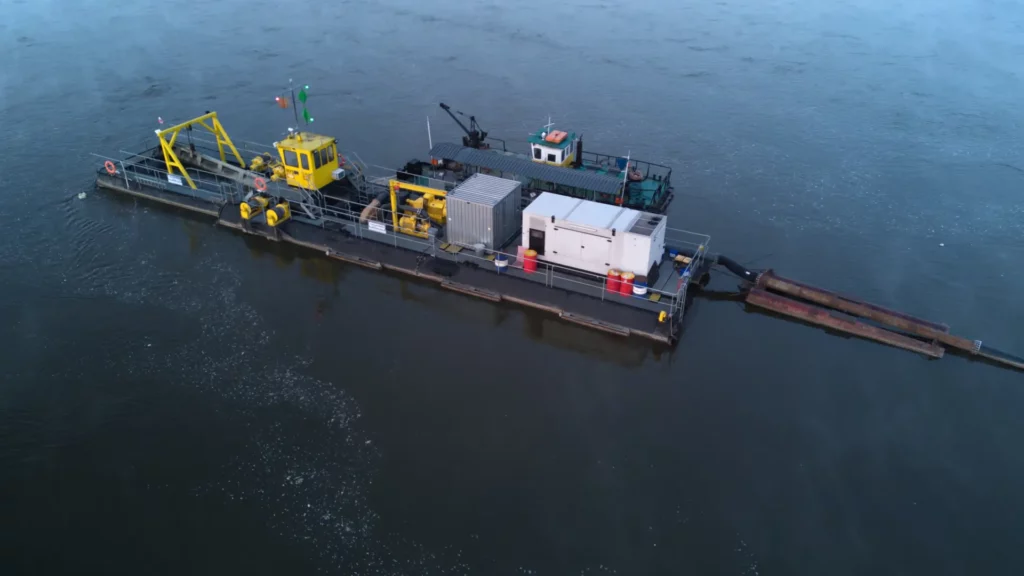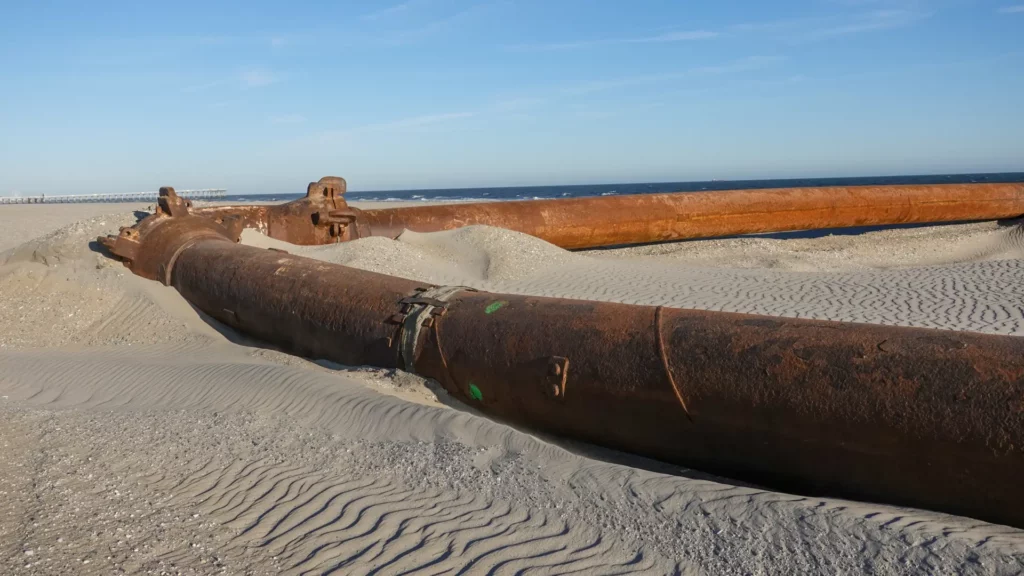Dredging is a critical activity for maintaining waterways, ensuring navigability for shipping, and supporting marine infrastructure development. However, traditional dredging methods often come with significant environmental consequences, including habitat disruption, sediment resuspension, and water quality degradation. In today’s industrial and environmental context, the need for sustainable dredging practices has never been more urgent.
One of the most effective ways to address these environmental concerns is through the adoption of innovative pipeline solutions. These advanced techniques are designed to reduce the ecological footprint of dredging while maintaining the operation’s efficiency and effectiveness. By using modern dredging equipment and improved pipeline systems, the industry can align with sustainable dredging practices, meeting both environmental and operational goals.
The Environmental Impact of Traditional Dredging
Conventional dredging methods have long posed environmental challenges. Mechanical dredging, for example, involves physically scooping sediment from the seabed or riverbed, which can lead to significant disruption of marine habitats. This disruption can affect fish populations, damage coral reefs, and disturb the breeding grounds of aquatic life, highlighting the need for sustainable dredging practices to minimize such environmental impacts.
Moreover, traditional dredging often causes sediment resuspension, which leads to water quality degradation. When sediments are disturbed, they can release harmful pollutants into the water, such as heavy metals, organic contaminants, and microplastics. These pollutants negatively impact aquatic ecosystems and can pose risks to human health when they enter the water supply.
Given these ecological challenges, transitioning to more sustainable dredging practices has become essential. Modern techniques offer a path forward for the industry by minimizing habitat disruption and reducing the release of contaminants. The introduction of innovative pipeline solutions has emerged as a key factor in making these transitions possible.
How Pipeline Dredging Supports Sustainability
Pipeline dredging is a method of sediment removal that uses suction and hydraulic power to transport dredged materials through pipelines. This system offers several advantages over traditional mechanical methods, particularly in terms of environmental sustainability.
First, pipeline dredging significantly reduces sediment resuspension. Unlike mechanical dredging, where sediment is scooped and physically moved, pipeline dredging uses suction to extract sediment directly from the seabed or riverbed. This method creates less disturbance in the surrounding environment, aligning with sustainable dredging practices by protecting marine ecosystems and preventing harmful pollutants from spreading into the water.
Second, pipeline dredging minimizes habitat disruption. By using precise suction techniques, operators can target specific areas that require sediment removal without damaging nearby habitats, such as coral reefs or seagrass beds. This precision is critical for maintaining biodiversity and ensuring that the surrounding ecosystem remains intact.
Additionally, pipeline dredging systems are often more energy-efficient than traditional methods. The use of modern dredging equipment reduces the overall fuel consumption of the operation, resulting in lower emissions and a smaller carbon footprint. This focus on energy efficiency aligns closely with the broader goals of sustainable dredging practices.

Innovations in Pipeline Dredging Technology
The development of innovative pipeline solutions has played a key role in advancing sustainable dredging practices. These technologies improve dredging’s environmental performance and operational efficiency.
One significant advancement is the use of eco-friendly pipeline materials. Modern pipelines are often constructed from sustainable materials that are less harmful to the environment and more durable over time. These materials ensure that the pipeline can withstand harsh marine conditions without degrading or releasing harmful chemicals into the water.
Suction and hydraulic systems have also seen considerable improvements. Today’s dredging equipment is designed for precision, allowing operators to control the amount of sediment removed with pinpoint accuracy. This level of control helps prevent over-dredging and minimizes the impact on the surrounding environment.
Automation and artificial intelligence (AI) are also becoming integral to pipeline dredging operations. Automated systems can adjust dredging activities in real-time based on environmental conditions, such as water quality and sediment composition. AI-driven dredging equipment allows for smarter, more efficient operations, reducing the overall environmental impact while optimizing performance. These technologies are critical for ensuring that pipeline dredging aligns with sustainable dredging practices.
Benefits of Innovative Pipeline Dredging Solutions
The introduction of innovative pipeline solutions has brought numerous benefits to the dredging industry, particularly in terms of environmental protection and operational efficiency.
One of the most significant advantages is the ability to minimize environmental impact. By reducing sediment resuspension and habitat disruption, pipeline dredging helps protect marine ecosystems and improve water quality. This is especially important in areas where sensitive habitats, such as coral reefs and wetlands, need to be preserved.
Innovative pipeline solutions also make sediment removal and transport more efficient. The use of advanced dredging equipment and automated systems allows for faster, more precise sediment removal, reducing the time and resources needed for each project. This efficiency aligns with sustainable dredging practices, translating to cost savings and reduced environmental disruption, making dredging projects more sustainable in the long run.
Furthermore, these solutions play a crucial role in supporting long-term environmental stewardship. By adopting sustainable dredging practices, the industry can ensure that its activities do not cause irreversible damage to ecosystems. This approach not only aligns with regulatory requirements but also demonstrates a commitment to environmental responsibility, which is increasingly important to stakeholders and the public.
Another notable benefit of pipeline dredging solutions is their cost-effectiveness. While the initial investment in innovative technologies may be higher, the long-term savings from increased efficiency, reduced energy consumption and minimized environmental restoration costs make it a financially sound choice. This cost-efficiency supports the industry’s goals of maintaining profitability while adhering to sustainable dredging practices.
Conclusion
The adoption of innovative pipeline solutions has revolutionized the dredging industry, making it possible to advance sustainable dredging practices without compromising on performance or efficiency. These technologies offer a range of benefits, from reducing habitat disruption and sediment resuspension to enhancing operational efficiency and cost-effectiveness.
As the demand for environmentally responsible dredging continues to grow, investing in modern dredging equipment and pipeline technologies will be crucial for the industry’s future. By prioritizing sustainability, the dredging sector can protect marine ecosystems, meet regulatory standards, and continue supporting critical infrastructure projects around the world.
In conclusion, the path to a more sustainable dredging industry lies in the continued development and adoption of innovative pipeline solutions. These advancements, guided by sustainable dredging practices, will ensure that dredging remains an essential yet environmentally responsible practice, paving the way for a cleaner, more sustainable future.


